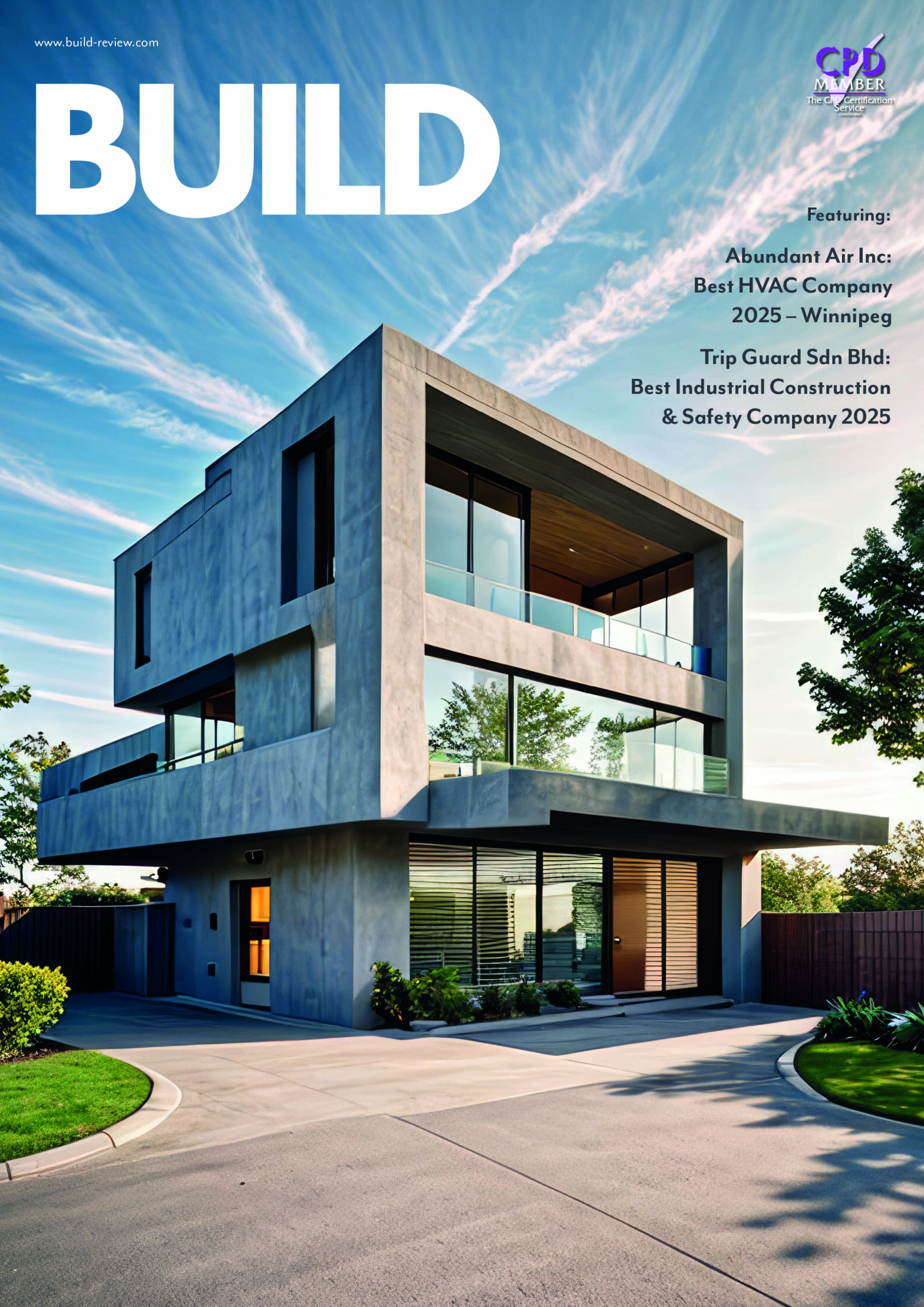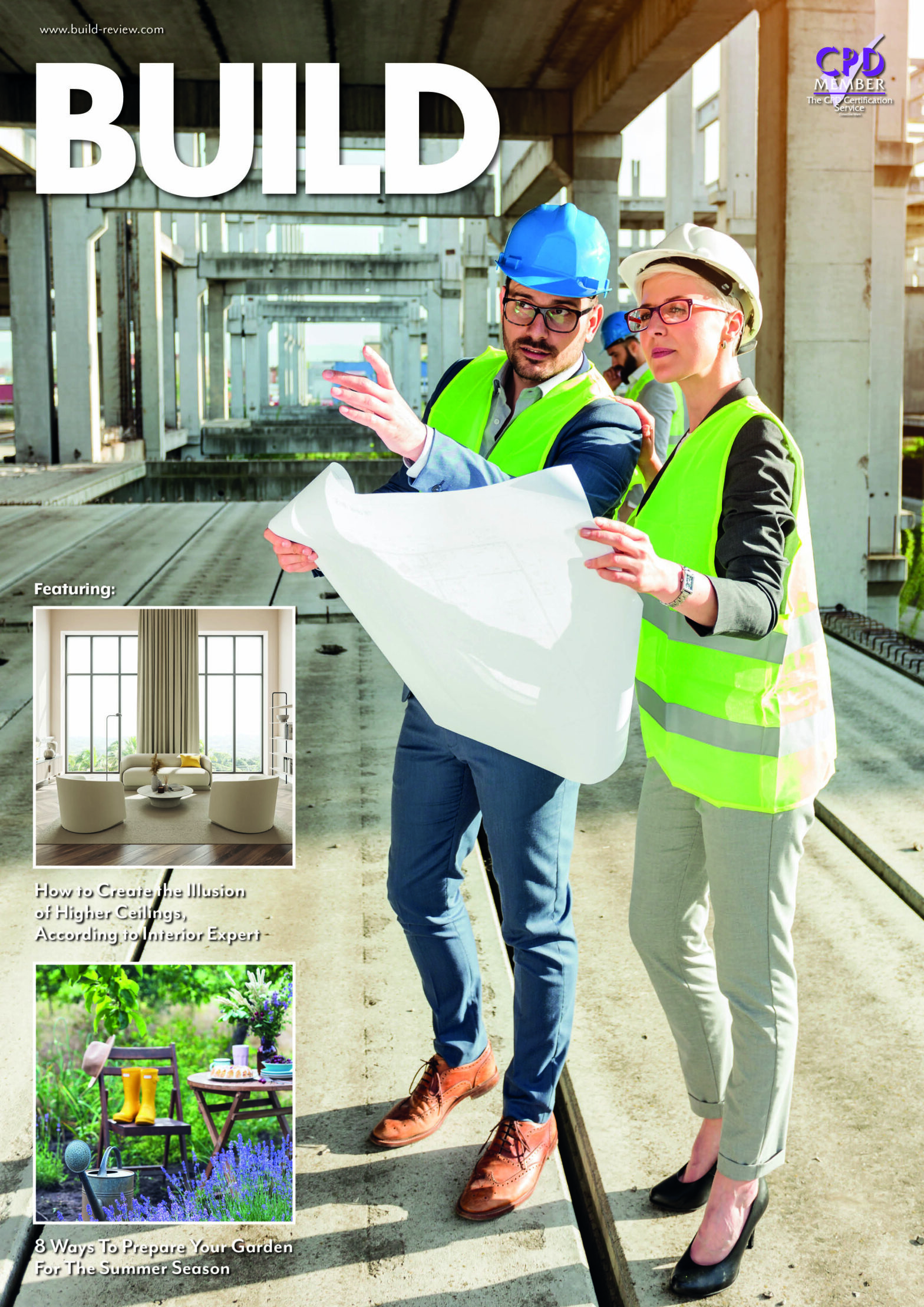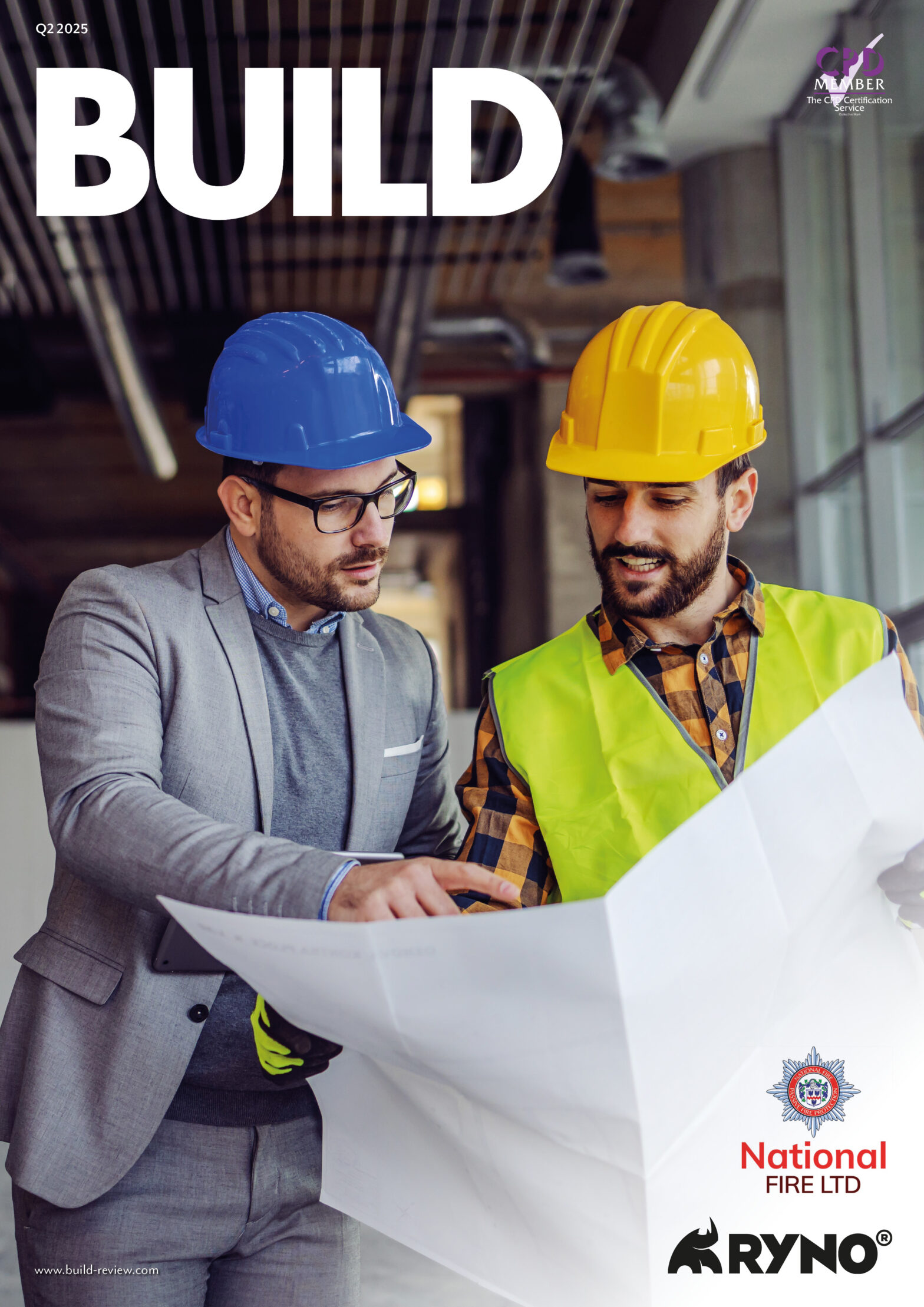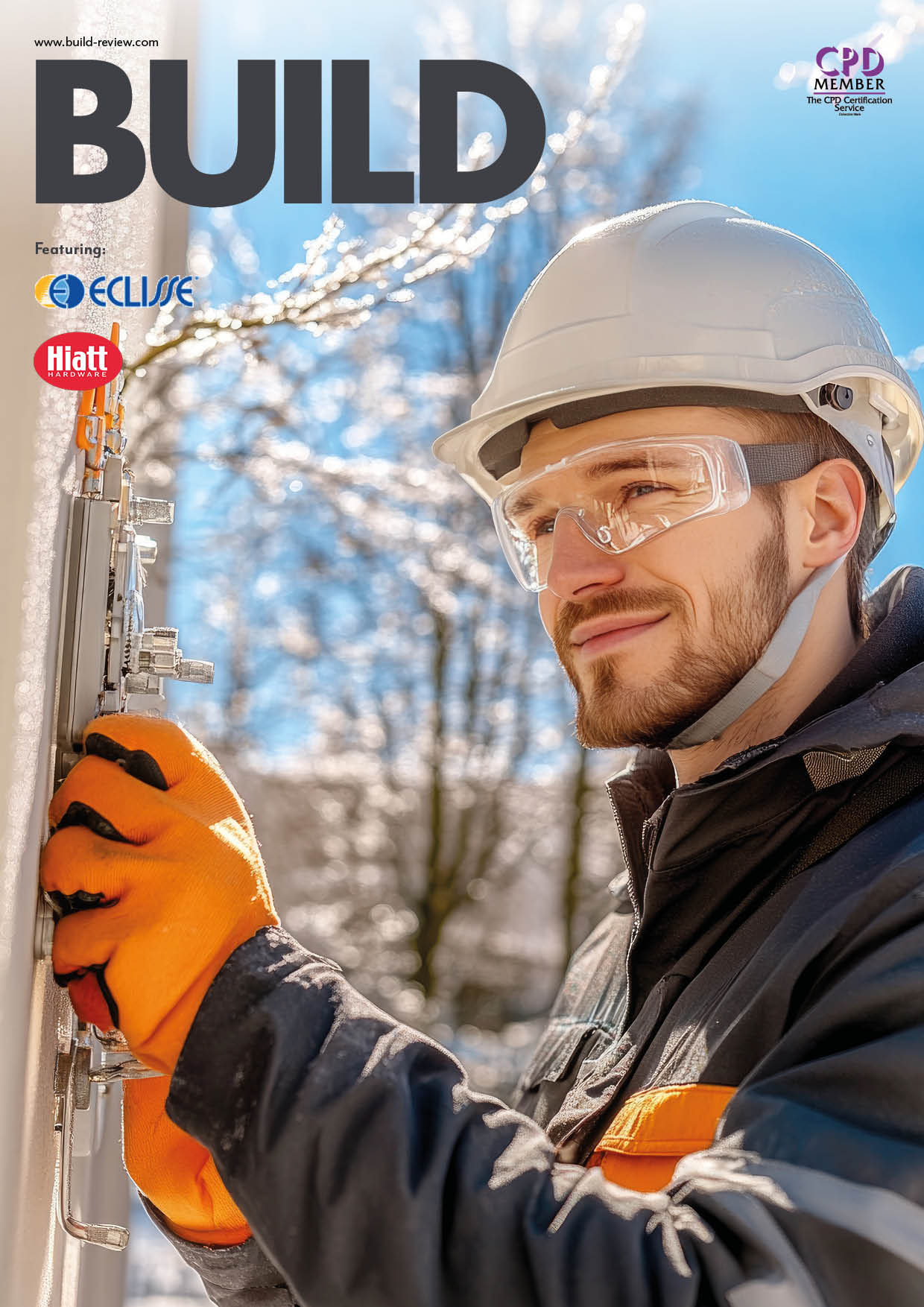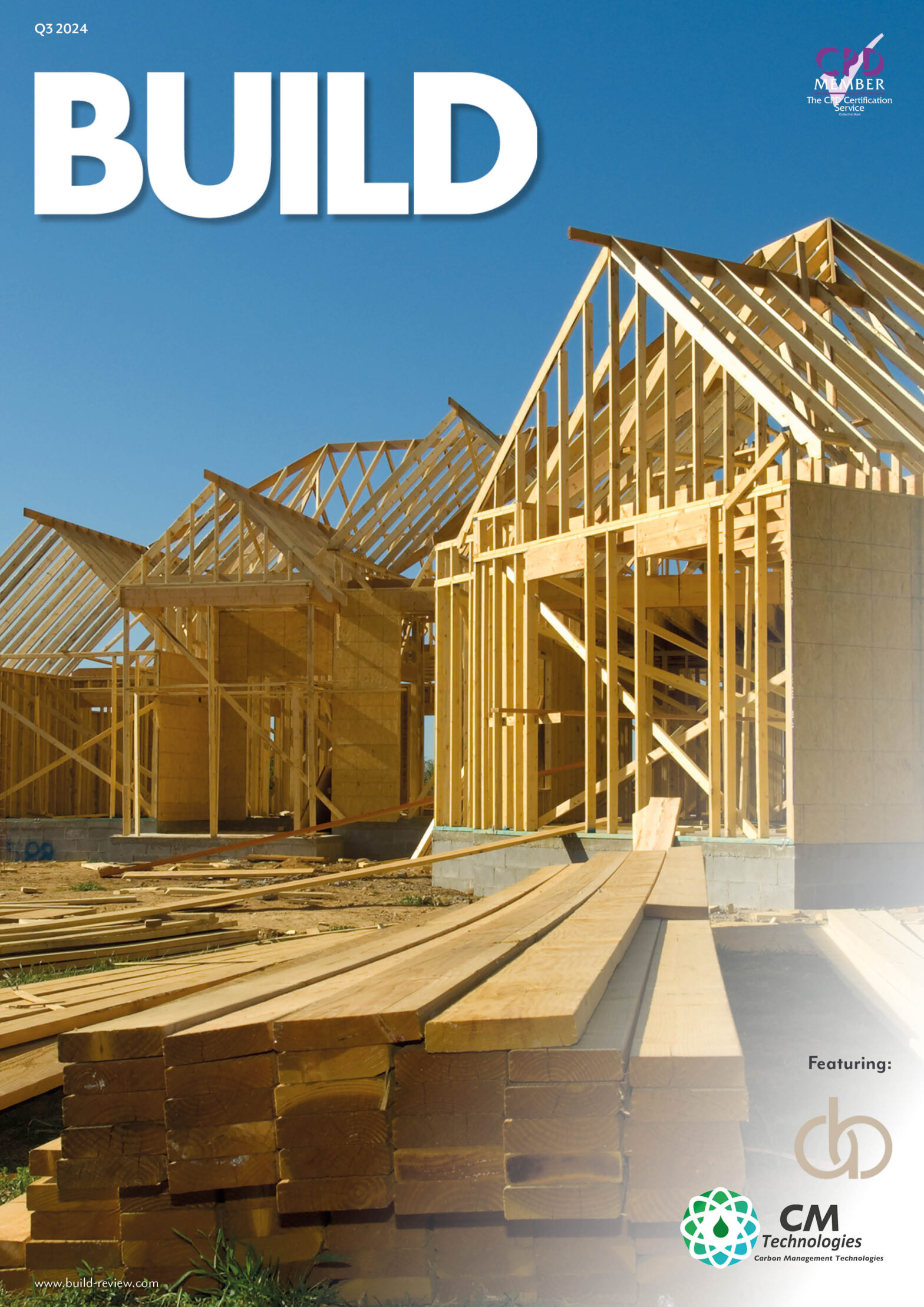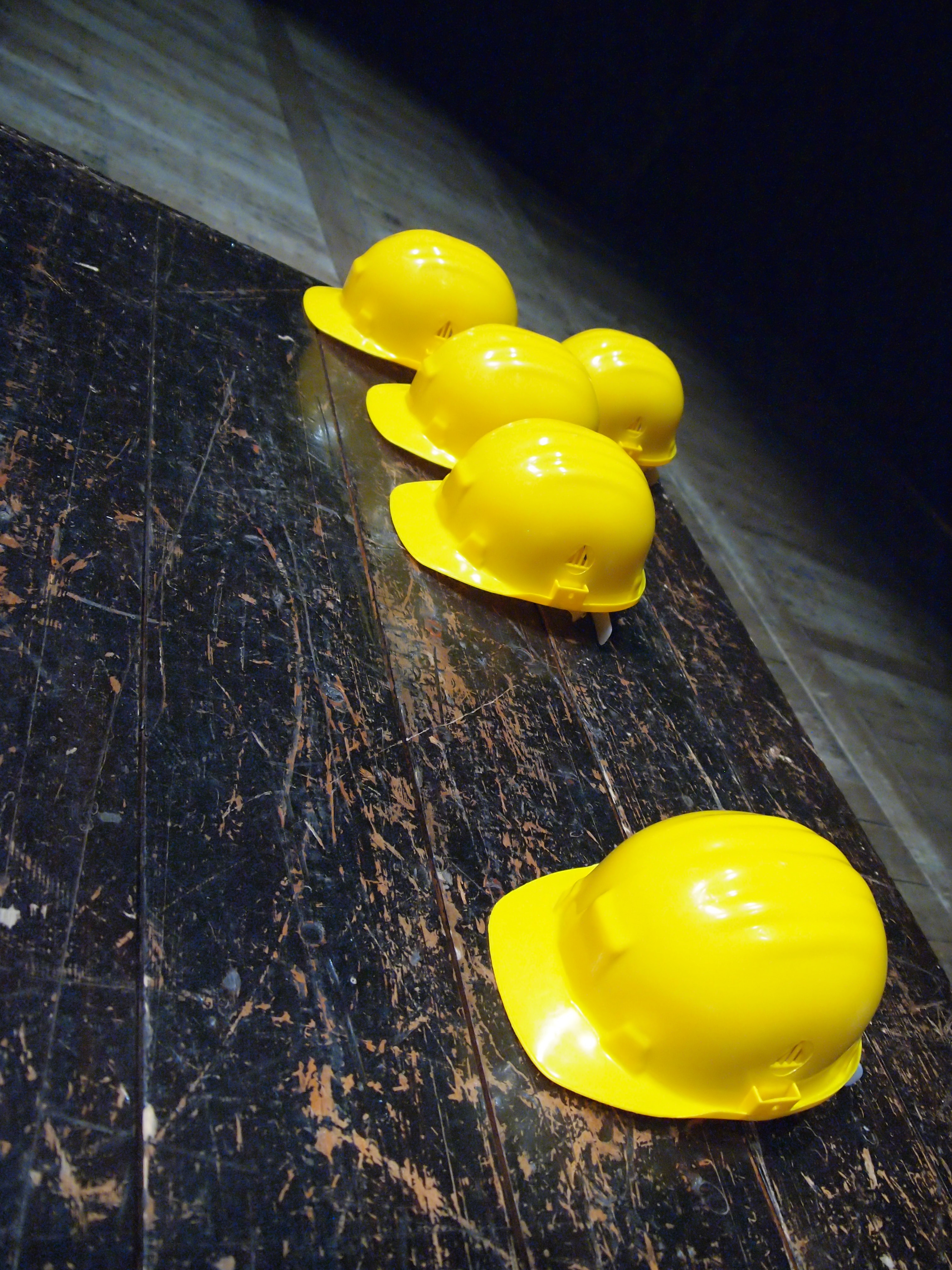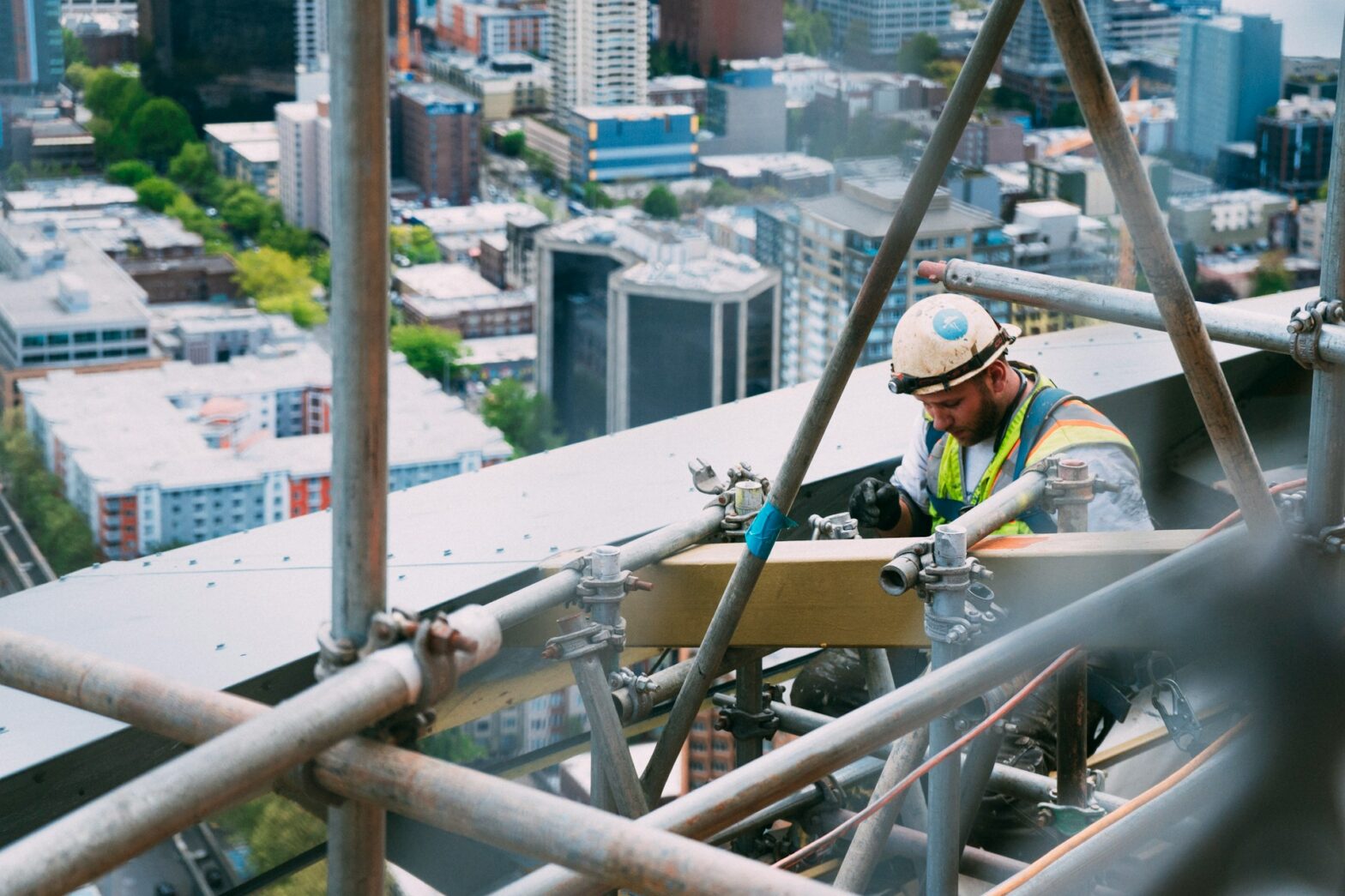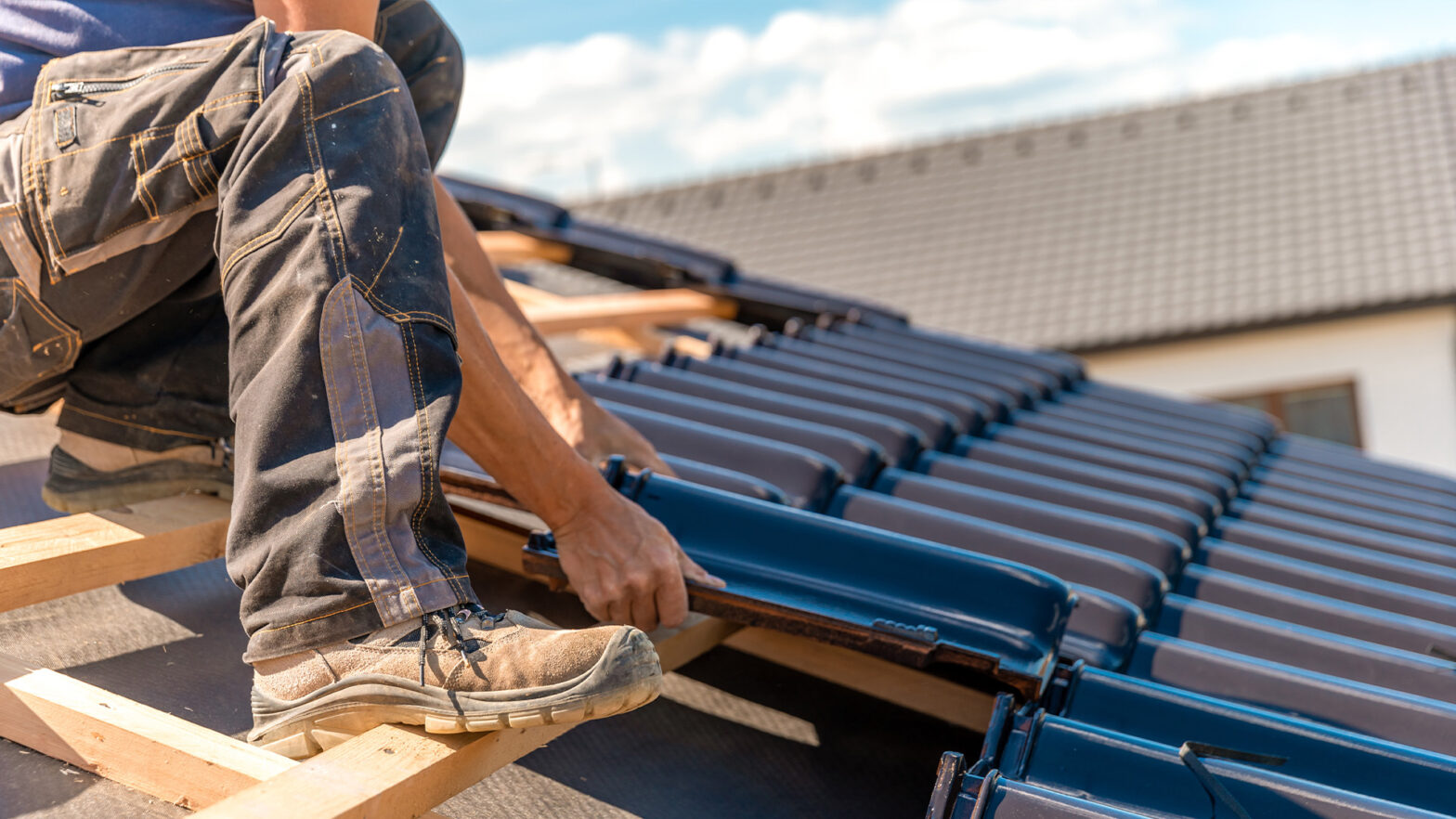Construction projects in retail environments present unique challenges that demand heightened safety awareness and comprehensive risk management strategies. When construction crews work in active shopping centers, department stores, or commercial retail spaces, they face complex liability scenarios that extend far beyond traditional jobsite risks.
The Hidden Complexities of Retail Construction Projects
Retail construction projects operate under entirely different safety paradigms compared to standalone jobsites. Construction teams must navigate around active customers, maintain safe pedestrian pathways, and coordinate with store operations while executing complex builds or renovations. These environments create intersection points where construction hazards meet public foot traffic, dramatically increasing potential liability exposures.
The statistics paint a concerning picture. According to recent industry data, retail construction incidents involving public injuries have increased by 23% over the past five years, with slip-and-fall accidents representing the largest category of claims. Construction companies working in these environments must understand that their safety protocols directly impact not only their workers but also store employees and customers.
Critical Safety Protocols for Retail Construction
Establish Clear Perimeter Controls Construction teams must create and maintain robust barrier systems that clearly separate work zones from public areas. These barriers require daily inspection and immediate repair when damaged. Unlike traditional construction sites, retail environments demand aesthetically acceptable barriers that maintain store functionality while ensuring safety.
Implementing Dynamic Hazard Communication Standard construction signage proves insufficient in retail environments. Teams must deploy clear, multilingual warning signs that communicate specific hazards to diverse public audiences. Digital displays and audio warnings often prove more effective than static signage in high-traffic retail areas.
Coordinate Material Handling Schedules Moving construction materials through active retail spaces requires careful choreography. Teams should schedule deliveries during off-peak hours and establish dedicated material routes that minimize public interaction. Heavy equipment operation must align with store hours and customer flow patterns.
Maintain Continuous Site Monitoring Retail construction demands constant vigilance. Designated safety monitors must patrol work zones throughout active hours, immediately addressing any safety concerns that arise. These monitors serve as the first line of defense against potential incidents involving the public.
Understanding Premises Liability in Construction
When construction activities occur on retail premises, liability responsibilities become complex and multifaceted. Property owners, general contractors, and subcontractors each carry different liability exposures that require careful management through proper insurance coverage and legal documentation.
Construction companies must recognize that standard general liability policies may not provide adequate coverage for incidents involving retail customers or store employees. Specialized premises liability coverage becomes essential when working in these environments.
When incidents do occur despite preventive measures, having access to qualified legal representation becomes crucial. Property owners and construction companies often benefit from consulting with a store injury attorney who understands the complex intersection of construction liability and retail premises responsibility.
Technology Solutions for Enhanced Safety
Real-Time Monitoring Systems Advanced camera systems with motion detection can identify potential safety violations before they result in incidents. These systems enable immediate intervention when unauthorized personnel enter construction zones or when safety protocols break down.
Wearable Safety Technology Smart hard hats and safety vests equipped with proximity sensors can alert workers when non-construction personnel enter dangerous zones. These devices create an additional safety layer that proves particularly valuable in busy retail environments.
Mobile Safety Apps Construction teams can utilize smartphone applications that enable real-time incident reporting and safety communication. These tools allow immediate escalation of safety concerns and help maintain detailed documentation of safety protocols.
Legal Documentation and Risk Management
Comprehensive Safety Plans Every retail construction project requires detailed safety plans that address public interaction scenarios. These plans must include specific protocols for customer safety, emergency evacuation procedures, and incident response protocols.
Regular Safety Audits Independent safety audits help identify potential liability exposures before they result in incidents. These audits should evaluate both construction safety protocols and their effectiveness in protecting retail customers and employees.
Insurance Coordination Construction companies must coordinate their insurance coverage with property owners and retail tenants to ensure comprehensive protection. This coordination helps prevent coverage gaps that could leave parties exposed to significant financial liability.
Building a Culture of Public Safety Awareness
Construction teams working in retail environments must develop heightened public safety awareness that extends beyond traditional construction safety training. Workers need specific training on public interaction protocols, customer safety responsibilities, and the unique hazards present in retail environments.
Regular safety meetings should address public safety scenarios and review protocols for managing unexpected situations. Teams should practice emergency response procedures that account for customer evacuation and coordination with store security personnel.
The Future of Retail Construction Safety
As retail construction projects become increasingly common, the industry must continue evolving safety protocols to address these unique challenges. Emerging technologies like augmented reality safety training and predictive analytics for hazard identification will likely play growing roles in protecting both construction workers and the general public.
Construction companies that proactively invest in comprehensive retail safety protocols position themselves for sustainable growth while protecting their workers, clients, and the communities they serve. The integration of advanced safety technologies, thorough legal documentation, and ongoing safety education creates the foundation for successful retail construction projects.
By prioritizing public safety alongside traditional construction safety measures, the industry can continue delivering essential retail infrastructure improvements while maintaining the highest safety standards for all stakeholders involved.

